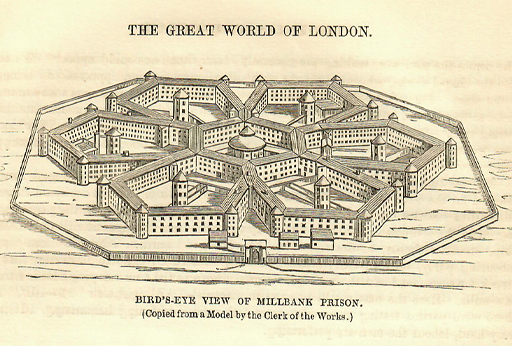5 Penal reform after 1800

Rising crime rates and the expanding use of imprisonment soon caused prisons which had been reformed in the late 1700s to become overcrowded and appear inadequate once more. Many prisons across Britain and Ireland had also remained untouched by the work of reformers such as Howard and Fitzpatrick.
A new generation took up the cause of penal reform. Like their predecessors, these new penal reformers also drew attention to the dreadful conditions in which prisoners were held. However, in the context of rising crime rates and the growing use of sentences of imprisonment, they paid greater attention to the character of the offender. Convicted criminals, they argued, should not be made worse as a result of their imprisonment but should be reformed and returned to society as productive Christian subjects.
Through the formation of lobby groups, including the Society for the Improvement of Prison Discipline in Britain and the Association for the Improvement of Prisons and Prison Discipline in Ireland, penal reformers put pressure on central government to act. Legislation to reform Irish prisons was passed in 1819 and 1821, and legislation for English and Welsh prisons in 1823, in the form of the Gaols Act. Attention focused on:
- the classification of prisoners to separate the convicted from the untried, and serious offenders from minor offenders
- the provision of employment to prevent idleness and foster good work habits
- religious instruction to reform the soul.
These core principles were combined with other reforms such as the prohibition of alcohol, a ban on the use of manacles (i.e. iron hand- or ankle-cuffs), and the provision of female warders for female prisoners. Such reforms helped to provide better conditions for teaching and learning in the prison. However, to explain the appearance of schemes to teach prisoners to read and write, developments outside of prisons also need to be considered.
